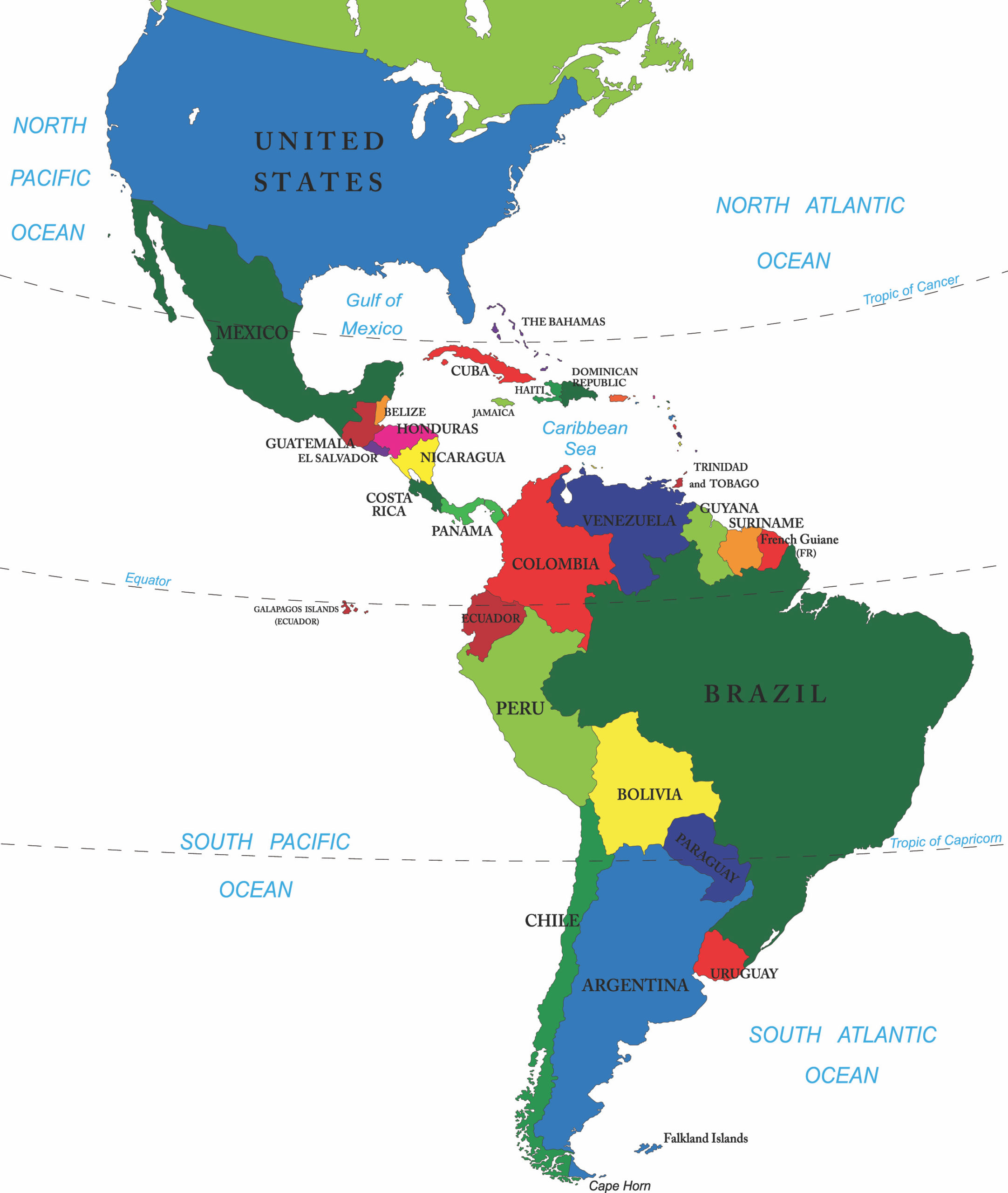
It has been six long months. Excruciating and depressing. Horrific and unfathomable. The Americas (North, South and Central) have been utterly gutted by COVID-19.
As of the middle of August, six of the top ten countries in total COVID-19 infections are in The Americas and they account for over 50% of worldwide infections as a group, despite representing less than 10% of the world’s population.
The easy answer would be to blame populist leaders like Trump, Bolsinaro and López Obrador for the mess that The Americas are in. But that would belie larger problems that are not of their making. The more complicated answer would be to examine the way out of this pandemic through regional cooperation and a Pan-American approach of scientific and economic collaboration with public health imperatives to help frame decisions.
Instead, as we are in the early stages of what appears to be a protracted and drawn-out fight with this virus, it might be more useful to look at what we have learned (in no particular order) with almost virtual certainty through the accumulation of scientific evidence.
- Social distancing works. Period. Full stop. As Solomon Hsiang who leads the Global Policy Laboratory at Berkeley said about social distancing in a recent article, “I don’t think any human endeavor has ever saved so many lives in such a short period of time.”
- Masks protect you from getting the disease and spreading it. We have not fully quantified all the nuances around viral loads that are shed from the mouth and nose, and absolute vs relative risk reductions in mask-wearing
vs non-mask-wearing populations, but the evidence is clear. Everyone should wear masks when they leave their houses. - The virus does not go away during ‘warmer’ weather. Ask people in Brazil and India and other equatorial nations. It just does not work that way.
- A vaccine may be ready sooner than we think. But it will not be for you and me. If we get a few hundred million doses by early 2021, they will likely need to go to first responders, the elderly, children and the immunocompromised along with those who are at high(est) risk. You and I will get vaccinated in 2022.
- This is not just ‘an old person disease’. The data is clear and unambiguous. Younger people get infected. Younger people get very sick. Younger people die.
- It will ‘come back’ again in the winter in Northern Hemisphere countries. Presuming it ‘left’ in the first place. Actually, this talk about a ‘second wave’ is framed incorrectly. The virus does not go away and come back. It is not a human being with access to public transport or a car. The better way to describe this phenomenon is to say that the virus will be worse in the winter months than it is in the summer months.
- Based on what we know, the chances of transmitting or getting this virus from surfaces is very low. If it makes you feel better to wipe down every surface and every item with a disinfectant wipe, go for it. In reality, it is an infinitesimally small mode of transmission and infection.
- Hydroxychloroquine does not work. Ingestion of disinfectants, hand sanitiser and light into the body do not work either. The only therapeutics that we have seen with some level of efficacy are remdesivir and dexamethasone. There are anecdotal reports of convalescent plasma and other treatment approaches using monoclonal antibodies which are promising too.
- Misinformation may be as dangerous as the virus itself. Countless groups have sprung up promising cures and antidotes to the virus. Other groups have propagated baseless theories about the virus not being that bad – just a flu. Or even worse: the invention of a cabal of left-leaning elites. And still others have taken up the cause of insisting that a vaccine, when ready, should not be taken by the masses for various senseless reasons. This has sown confusion and mistrust.
- We are tired. The virus is not.
The reader should note some obvious things about this list. Firstly, it is not exhaustive by any means. We have learned a lot more than I could possibly squeeze into my monthly column. That this is not only a respiratory illness. That we need to pay attention to ventilation.
That one single vaccine cannot possibly inoculate everyone and that we will likely need multiple vaccines. That asymptomatic spread is our worst nightmare. That this virus now appears to be airborne or aerosolised. Secondly, this list is not meant to be a retrospective analysis of what we did as a society to combat COVID-19. One day I hope to produce such a list. But for now, for this moment, these pearls of wisdom are about learning to adopt practices and attitudes that will get us through the next 12 months.
The Americas have been ravaged by COVID-19 – here are some important lessons we have learned
This article was originally published here.